- Best Stump Killer To Consider for Your Yard - January 5, 2024
- The 7 Best Spading Fork Options - December 21, 2023
- Best Head Planters – Top 24 Options You Will Love - December 16, 2023
Hibiscus plants (Hibiscus rosa-sinensis) are native to tropical regions and warm temperate and genus of several species of trees, shrubs, and herbs in the Malvaceae family. Since they have showy flowers, people cultivate several of them as ornamentals, with many of them used as fiber plants.
Hibiscus leaves are covered in trichomes and can be smooth or lobed. The flowers can be borne in clusters or singly, with many species flowers lasting not more than a day. Also typical around the plant is leaflike bracts whorl that surrounds the sepals called epicalyx. The genus members typically have capsules as fruits and have spiny pollen.
Hibiscus plants are popular for their colorful, large flowers. While these blossoms tend to have medicinal values, they can also make a decorative addition to your garden or home. The leaves and flowers can help treat various conditions when you make them into liquid extracts or teas.
Hibiscus flowers have several colors, including peach, white, yellow, and red, about six inches wide. Hibiscus sabdariffa is the most popular variety, and people cultivate the red flowers of this variety for medical purposes. People also use them as a dietary supplement.
Common Hibiscus Types and Varieties
Hibiscus flowers are famous for their dark green foliage, trumpet-shaped, and eye-catching blossoms. They provide a stunning array of beautiful flowers that attract hummingbirds and butterflies to the garden. They have more than 200 different species, with each variety having a different shape, size, and color. The main types of hibiscus flowers are:
- Hardy Hibiscus – this hibiscus comes in red, pink, or white and grows wide, big flowers as they are hardy in colder climates.
- Perennial Hibiscus – this hibiscus flower in spring after going dormant in winters, and they can’t tolerate the infrequent cold snaps.
- Tropical Hibiscus – these varieties are native to Hawaii and thrive well in warm climates. Growers prize them for their shiny and bright flowers as they come in various colors.
Best Hibiscus Varieties
Flower of an Hour
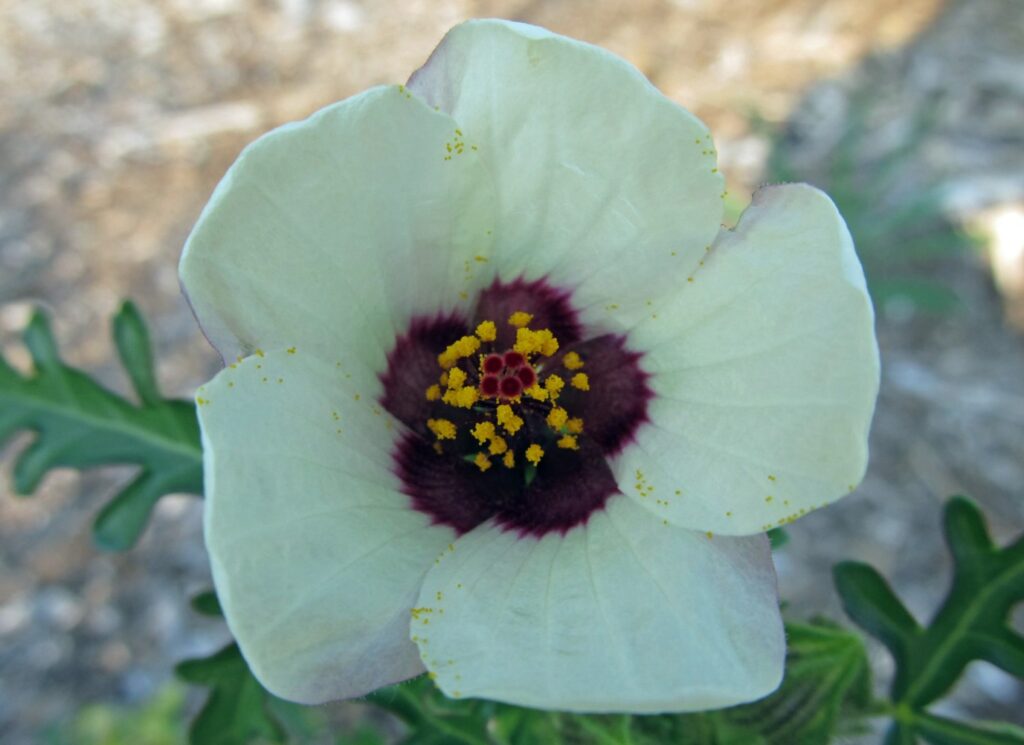
Flower of an hour (hibiscus trionum) produces stunning-looking flowers in yellow color and grows up to about four to five feet in height. Many people also use this hibiscus for decoration purposes, and you can choose this variety if you want a flower that can enhance your garden’s beauty.
Rose Mallow
Rose mallow (Hibiscus moscheutos) is a perennial shrub as a multicolor hibiscus variety that can grow as tall as three to eight feet. It has a maroon center deep rose and pure white shades that open from summer to fall. This ornamental flower has dark green foliage with about ten to twelve inches wide petals.
Giant Rose Mallow
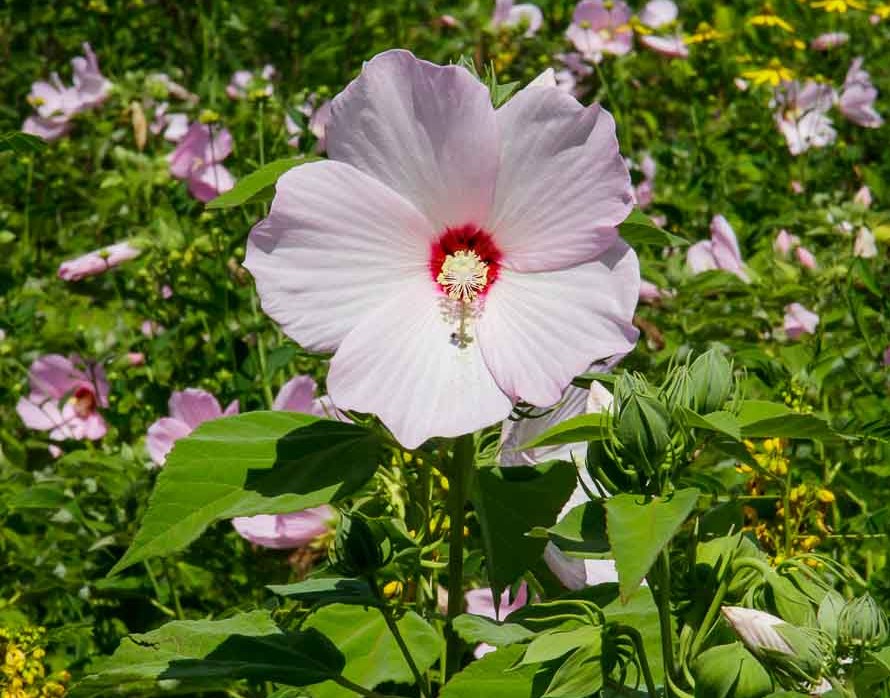
Giant rose mallow (Hibiscus ‘giant rose mallow’) has glossy, copper-purple foliage, displaying white to pink flowers with a dark red center. The flowers come in sequence, from fall frost to midsummer. This variety grows well in moist soil and full sun.
Abelmosk
Abelmosk (Abelmoschus moschatus) is an annual variety that can reach about five to six feet tall as a native to India. Its flowers have dark-centered leaves with bright yellow-lime green petals. Abelmosk offers flowers with musk-fragrance, and people can add its seeds to coffee. Since many growers consider it a weed, you will have a successful plant when you grow it in pots.
Rose of Sharon
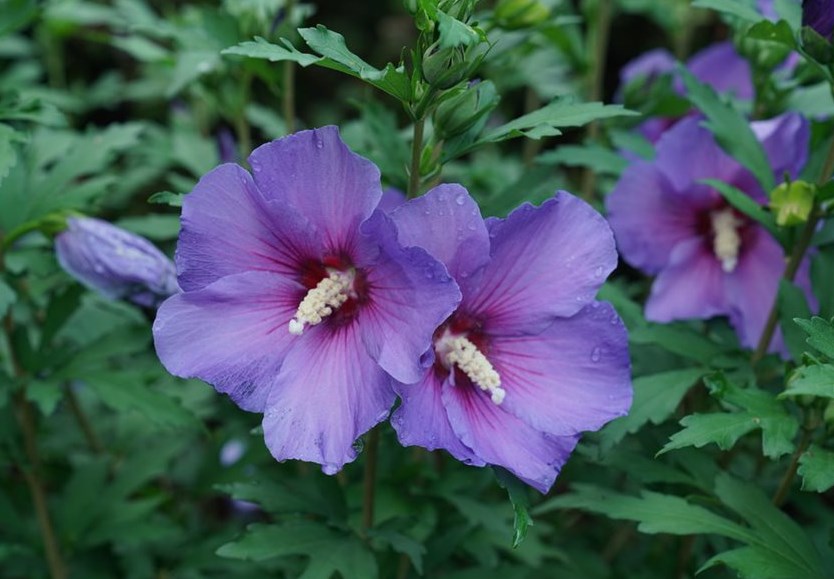
Rose of Sharon (Hibiscus syriacus) comes in different shades like violet, white, and purple and blooms from late summer to mid-fall. It has sharp oval-shaped leaves and can grow up to about five to fifteen feet long. The plant will produce larger flowers when it gets proper pruning.
Blue Bird
Blue bird (Hibiscus syriacus ‘blue bird’) boasts various colors as it adds an instant curb appeal to any place and its flowers look breathtaking due to the stunning blue shade. The plant is one of the best hibiscus types you will enjoy growing, and it can grow to around four feet tall in full sun.
Rock Hibiscus
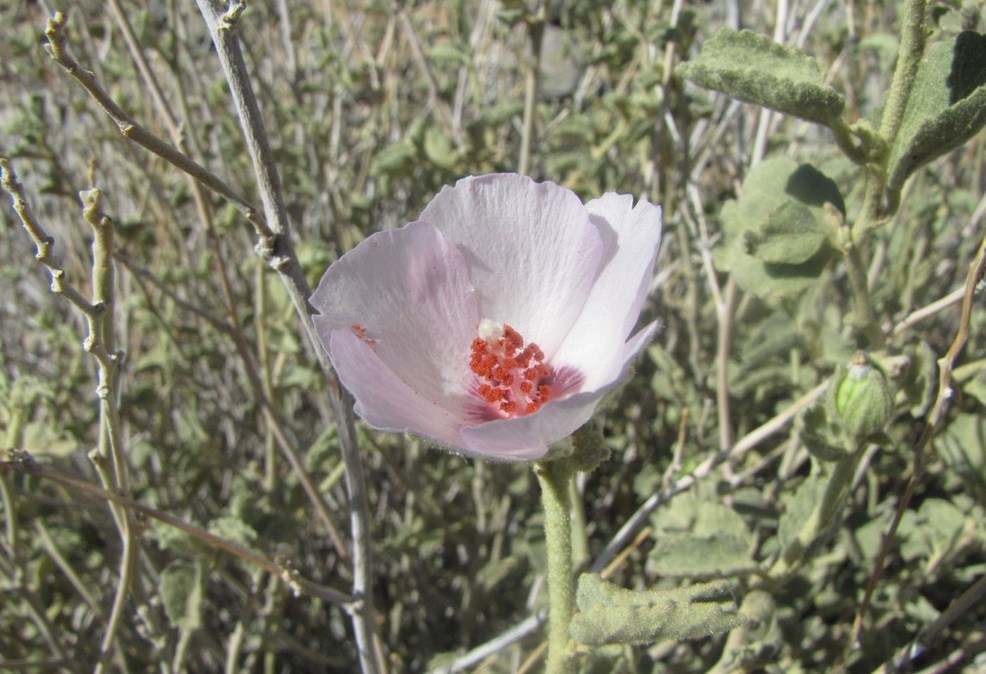
Rock hibiscus (Hibiscus denudatus) is native to the United States and Mexico. The shrubs grow to cling to the rocks with thin triangular gray foliage. The flowers open in the shades of pink, purple, or white.
China Rose
China rose (Hibiscus rosa-sinensis) is a famous Asiatic shrub, and they use the flower for shoe polishing in the tropics since it is a blackening plant. The plant produces flowers like double-petaled, yellow single, pink, and orange blossoms.
How to Grow Hibiscus Plants from Seeds
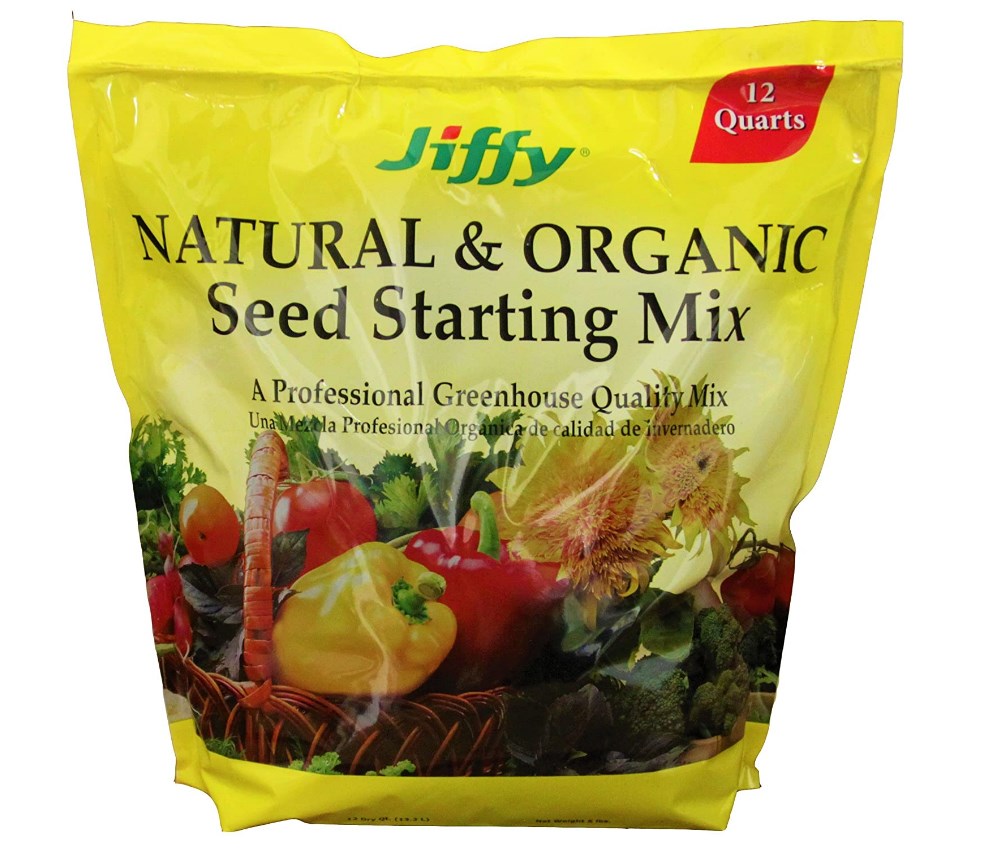
Hibiscus grows well in the warmer regions of the southern United States as a gorgeous tropical shrub. You can attempt to sow hibiscus seeds, even though many growers are fond of buying hibiscus plants from nurseries or garden centers.
You will find it a productive, rewarding activity even when it takes longer to grow hibiscus from seed. It is also an inexpensive means of filling your garden with these great plants.
You can use fine-grade sandpaper to nick your seeds. Even better, you can even allow moisture to enter the seed by using the tip of a knife. While this stage is not completely required, it offers you the chance to jumpstart your plant seed germination. Typically, nicked seeds will germinate within one month or even less. Otherwise, your hibiscus seed germination process can take several months.
Soak your seeds in warm water after nicking them for about one hour or over the night. Use a good quality seed starting mix to fill a pot. Don’t use those that already have fertilizers. Ensure to use a pot with a drainage hole. We recommend using celled trays if you plan to grow several seeds.
Ensure that the seed starting mix is not soggy or dripping wet when you water it since too much moisture can rot hibiscus seeds. Have about one-quarter to one-half inch to plant your hibiscus seeds.
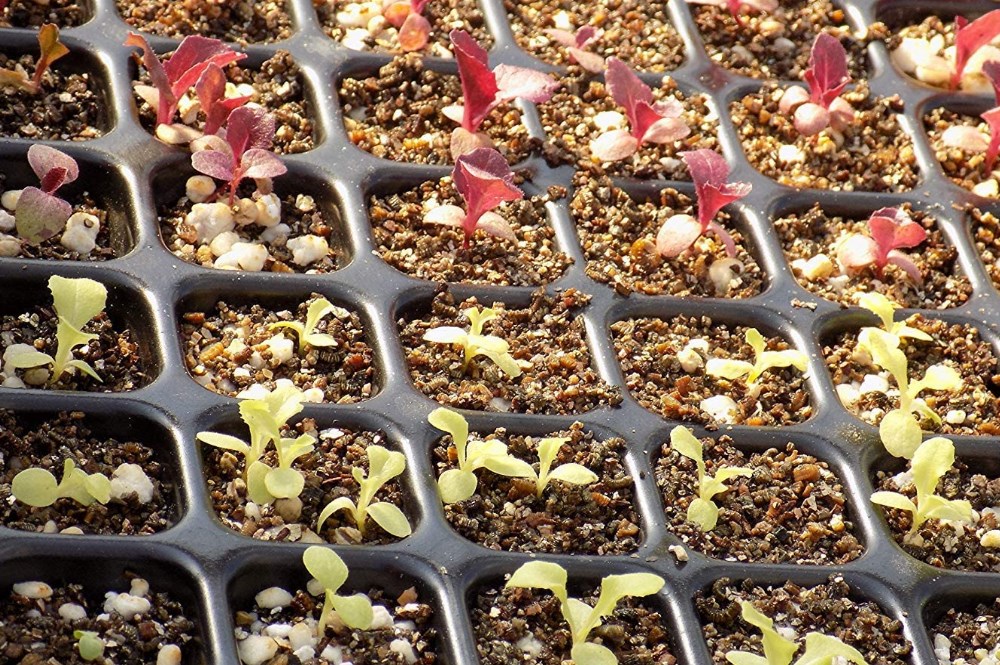
Germinating your seeds also comes with heat requirements. As such, use a location of about 80 to 85 degrees F. To get adequate warmth, set the tray in a heat mat or slide the tray into a white plastic garbage bag or cover it with clear plastic.
Ensure to check the tray every day. The environment will be moist with plastic. However, when you notice that the seed starting mix feels dry, water it lightly. Put the trays under grow lights or fluorescent bulbs after removing the plastic as soon as the seed germinated. Ensure to put on the lights for about sixteen hours a day.
When you notice the stems having many leaves or getting woody, you can move the seedlings to 4-inch individual pots. We recommend handling the seedlings with care since the stems can break easily. By now, you can start using water-soluble, all-purpose fertilizer diluted to half-strength.
Ultimately, move your plants into larger containers as they grow. When your hibiscus is large enough to survive on their own, you can then move them outdoors. However, make sure that there is no imminent frost danger. Otherwise, allow your plants to enjoy warmer months outdoors as you continue to grow them as houseplants.
How to Propagate Hibiscus Plants
You will find several of the most exciting hibiscus in gardens. Thus, it is quite handy to know how you can propagate your hibiscus plants. The first step is to select a hibiscus plant type since hibiscus comes in various appearances and colors. However, finding the variety that will thrive well in your local setting is relatively more critical.
The two general types of hibiscus bushes are hardy and tropical. Warm temperatures or weather above 50 degrees F is suitable for tropical hibiscus, while cold regions with temperatures below freezing in the winter are perfect for hardy hibiscus. As such;
- Hardy hibiscus doesn’t have many blooms and holds them for longer than tropical hibiscus. Hardy hibiscus is also bushier with pink, white, and red flowers.
- Tropical hibiscus boasts several blooms that can die after one to two days. These varieties come in purple, peach, or pink shades.
The next phase is to know when to grow your hibiscus. Since these plants love heat, ensure not to plant them well after the winter season has ended. Avoid planting them until the outside temperatures are between 60 to 70 degrees F before considering planting them. Your hibiscus can stop growing if the temperature drops to 55 degrees. It will eventually die if you have a colder temperature or it drops to 45 degrees.
An ideal location is part of the process. Hibiscus plants cannot tolerate too much direct sunlight without getting sunburned, even though they are sun-loving plants. Therefore, choose an ideal location that gets around four to six hours of direct sunlight per day in your garden.
Typically, such a location should be on the south or west side of your garden. You can allow larger trees to shade your plant, if necessary. However, these plants will need space to spread out since they can ultimately take about three times the space of their original size.
Hibiscus Plants Growing Conditions
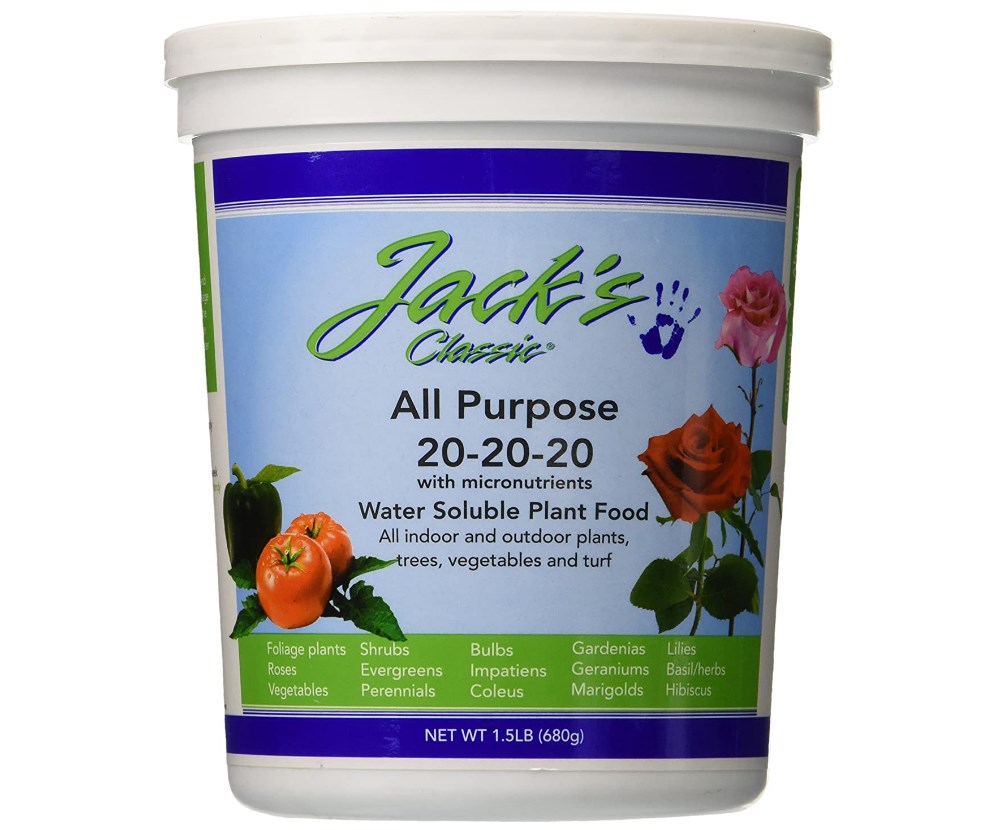
Continuously moist soil is suitable for your hibiscus. Use about one inch of water to water the plant at least once a week. Biweekly fertilizing is perfect, using a balanced 20-20-20 fertilizer when your hibiscus is actively growing in the garden.
One-half potted plants’ recommended amount is ideal, and you can feed your plant at one-half the recommended amount every month during summer and spring after taking the plant indoors. After fertilizing, ensure to water the plant thoroughly.
Ensure to maintain the desired size by trimming your hibiscus. If you have to engage in any severe pruning, do that in late winter or fall; new growth brings flowers for most hibiscus species.
Keep an eye on indoor and outdoor plants for whiteflies, mealybugs, and aphids. You can knock off any insects with a strong blast of water. You can also use horticultural oil or insecticidal soap using the package direction to eliminate any pests if you see a severe infestation.
How to Plant Hibiscus
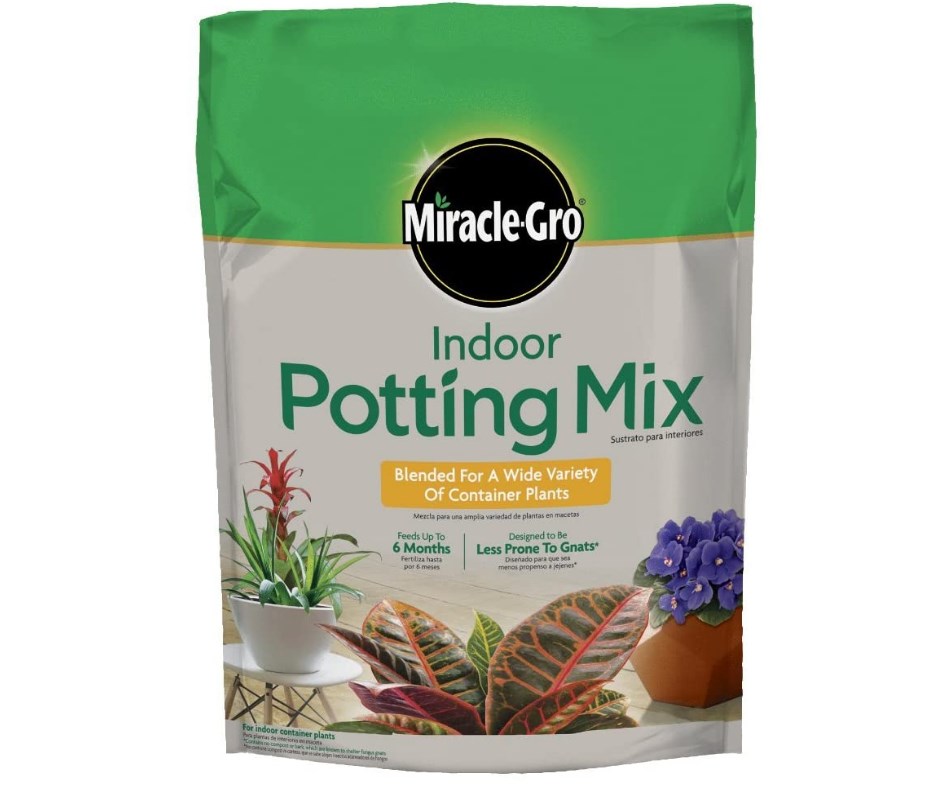
Grow your hibiscus plants in fall, summer, or spring in containers or your garden. Keep away from amending your soil except if it is not rich when you plant your hibiscus in the garden. You can also add one or two shovels of compost to the exhumed soil, if necessary.
Use the same depth as the rootball when digging the planting hole and ensure that the hole is about two or three times wider. Plant the hibiscus in the planting hole after removing it from the grower’s pot. Backfill the hole until it is about half full. Then, water thoroughly as you finish filling the hole. Water again as you tamp gently. Add a mulch of about a two-inch layer around the shrub; pull the mulch away from the stem.
You will be able to take your hibiscus indoors when the temperatures drop to 40 degrees by planting tropical species. Mix one part perlite and two parts coconut coir or peat moss with two parts potting soil to make a gentle soilless mix.
Indoor Planting Method
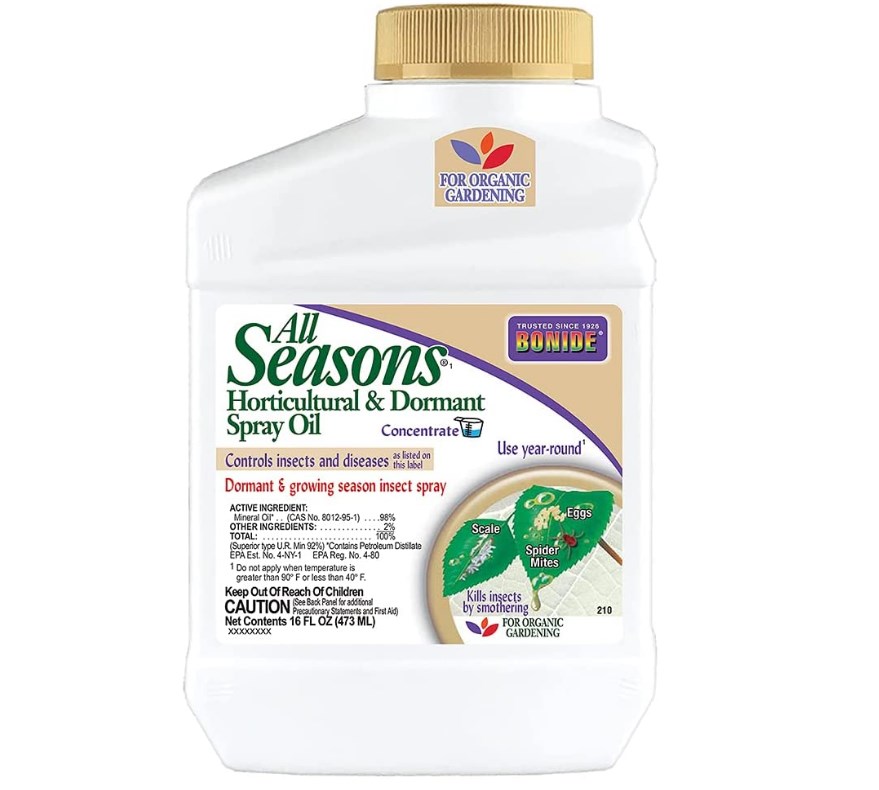
Planting hibiscus indoors can make good houseplants in the warmest and even the coldest climates. You only need to learn some required skills to keep your hibiscus blooming, thriving, and growing inside your house.
Hibiscus require a nutritional boost from the growers to help them produce all the essential proteins and glucose they need to bloom and thrive in the artificial home environment. Here are some of the fundamental nutrients you can use to keep the house hibiscus happy and healthy;
- Ideal and quality fertilizer for hibiscus with a few contaminants and all the nutrients the plants need
- Nitrogen lower level to keep hibiscus more compact and prevent nitrogen-loving pest
- High levels of potassium develop bigger flowers, more color pigments, and strong wood.
- Growth enhancers to maintain vigor in the low-humidity, low-light indoor setting
Hygiene is also essential for house hibiscus, just as with indoor pets and humans. The plants collect the dust they filter from their air on their leaves and also nooks and crannies. With that, they can become ideal breeding grounds for pests like spider mites. Therefore, keeping your hibiscus clean all the time is the best way of preventing these pests from your plants.
The best means of keeping them clean is to wash them. Spray them all over with warm water after popping your plant in a bathtub or sink. You can also spray your hibiscus using horticultural oil. It will leave your plant clean and shiny without causing them any stress.
Outdoor Planting Method
If you plan to plant hibiscus outdoors, we recommend not going for tropical hibiscus but the hardy variety. These two hibiscus types are the more common types, even though there are various hibiscus plants. It is easy for hardy hibiscus to acclimate to the weather better if you want to keep your hibiscus outdoors. The variety is hardy to USDA zone 4, and growers can plant them during the fall, summer, or spring to get the best results.
You can grow Rose of Sharon since it thrives well in zones 5 to 9 as a hardy shrub variety of hibiscus. All hibiscus species can die when the temperatures drop below 55 degrees F. As such, ensure to prune your hibiscus close to the ground. It is also likely that tropical hibiscus can make it through the winter if you plan to plant hibiscus in a region with warm weather year-round.
You can purchase young plants from a nursery or buy and germinate hibiscus seeds in a plastic bag and moist napkin. Many beginner growers claim that they prefer buying a plant instead of planting their hibiscus from seed. They find it a good option since their local nurseries have a variety of hibiscus plants to choose from.
Apply potting mix or compost in your garden or pots. Different soil types are suitable for hibiscus plants. Therefore, ensure to get a standard potting mix for planting your hibiscus. Balance the soil pH by mixing some compost into it. You can mix compost into the soil or fill this mixture into your pots where you want to plant your hibiscus.
Hibiscus Potting & Soil
You must spend a little time choosing and preparing the planting hole before you plunk your plants in the ground. According to the old garden adage, remember not to plant a $20 plant in a $5 hole, but place your $5 plant in a $20 hole. To ensure that your hibiscus enjoys a safe spot, here are some tips for you:
- Drainage testing – ensure that the hole drains by pouring some water into it. You will know that you have good drainage when the water disappears within an hour. However, you will be planting on some impenetrable material or clay soil if the water stands there after an hour. This case will lead to your hibiscus roots drowning. As an alternative, you can use ‘clay busting’ material available at most nurseries to amend the soil or build a raised planting bed.
- Water permeation testing – dig a small well into the ground top to see how water soaks into the soil. Fill the well with water two to three times and allow the water to drain for about an hour. Check how far down the water has dripped by looking at the waterline as you dig into the soil. You have excellent soil permeability if it is eight to ten inches down.
When it comes to potting, hibiscus tends to stay happy and grow large for many years in pots as small as ten inches in diameter. A ten-inch pot is relatively easy to move around or pick up, and you can place it in almost any spot. It is perfect to choose a larger size as well.
Hibiscus Water Requirements
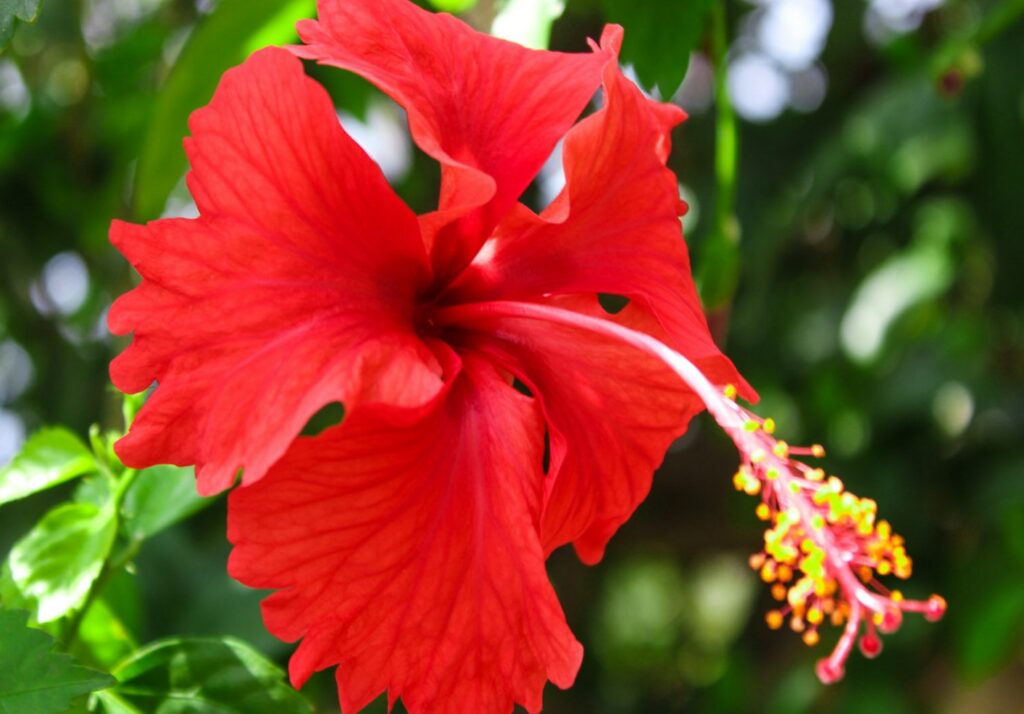
The hibiscus plant is a moisture-rich plant originating from tropical regions like the Pacific Islands and Asia, where they have a warm climate year-round. Therefore, your plants need less hydration during the winter and lots of it during the summer. Ensure to water the hibiscus until the soil is completely wet. You can also water it again until you notice the soil is completely dry when you touch it.
Hibiscus Summer Watering
You will need to water your hibiscus almost every day during the mid-summer and late spring. This situation implies that the hibiscus flower contains plenty of moisture and requires a lot of water during its blooming phase. Six inches is the hibiscus’ average length, and water the plant to ensure that the soil is completely soaking.
Hibiscus Winter Watering
Hibiscus does not tolerate the cooler months of the year and does not require a lot of water in the winter/autumn seasons. Ensure that the soil is almost dry to touch before watering your hibiscus during the winter. Give your plant less water than you would if you were to move it inside if you have a warm climate suitable for the plant outdoors during the winter.
Watering Too Little or Too Much
Check your soil about 90 minutes after watering if you notice that you might be watering your plant too much. Therefore, you will need to change your watering schedule if there is a lot of excess water or the soil is still wet.
By now, the leaves will likely start dropping or turning yellow. Overwatering consistently can also result in root rot, causing a lack of oxygen to the roots. As such, the flowers will start to wilt when the hibiscus is not getting enough water. You can reverse this process by watering the soil to be soaked more regularly if you can catch this issue at the right time. Remember that getting the roots dehydrated often can lead to a burden on your hibiscus’ future growth.
Hibiscus Light Requirements
Hibiscus do not require as much direct sunlight as people believe, even though the plants grow well in completely sunny locations. Many growers believe that two hours a day of direct sunlight is enough to stimulate blooming. However, you can have green bushes without blooms if the plants do not get adequate sunlight.
Essentially, a proper balance of water, heat, and sun is critical for hibiscus. The two factors that work in opposition to each other are temperatures and sunlight. Alternatively, sunlight needs to be reduced when the temperatures are high. It is also crucial to lowering the temperatures if sunlight is high. The hibiscus plants need less water when temperatures and sunlight go down and need more watering when the temperatures and sunlight are high.
When you grow your hibiscus in a greenhouse, in a house, in a lot of shade, and then take them to a spot with direct, strong sun, you can expect them to have sunburn. The strong sunlight can destroy the leaves’ chlorophyll, leading to the leaves turning bright white color.
Your hibiscus will produce plenty of buds in mid-summer heat. However, they can fall off before they open. We recommend moving your hibiscus to a shadier, cooler spot and ensure they are not under any pressure from lack of water.
Best Hibiscus Fertilizer
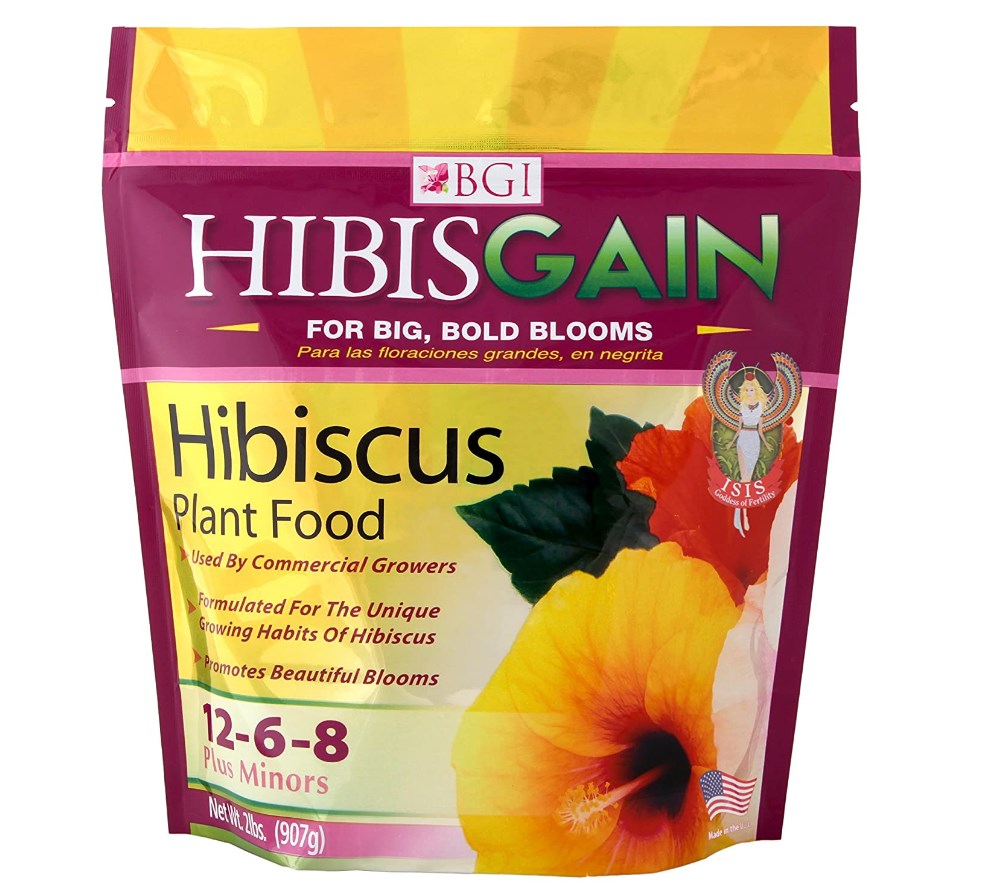
Anyone will find exotic hibiscus as vigorous growers that make many vividly colored and huge flowers. As such, it needs regular fertilizing to provide the building blocks required for this strong enough wood, color pigmentation, and growth to support heavy flowers. Therefore, your hibiscus needs medium amounts of nitrogen.
All plants and all living cells require a lot of nitrogen. Plants use nitrogen in their chlorophyll, enzymes, proteins, and virtually all of their metabolic processes. Too little nitrogen can stop the growth of your hibiscus, and too much can lead to leaf burn. As such, ensure to provide enough for optimal growth burning your plant or overdoing it. A middle-ranged amount of nitrogen is perfect for your hibiscus.
Another issue with hibiscus is phosphorus. Phosphorus does not do well with hibiscus, and it can slowly damage your plants over time when in high doses. Some fertilizers like ‘bloom booster’ or ‘super bloom are not good for hibiscus, and many new hibiscus-growers make this mistake. Don’t mistake using high phosphorus fertilizers, as doing so can lead to a disaster for your plants.
Hibiscus needs plenty of potassium as it aids in nearly all parts of plant metabolism and growth. Potassium also helps in photosynthesis, where plants use water and sunlight to create sugars for food. Potassium helps keep each cell healthy, hydrated, and plums by drawing water into every plant cell.
Best Hibiscus Companion Plantings
Ornamental Sweet Potato Vine
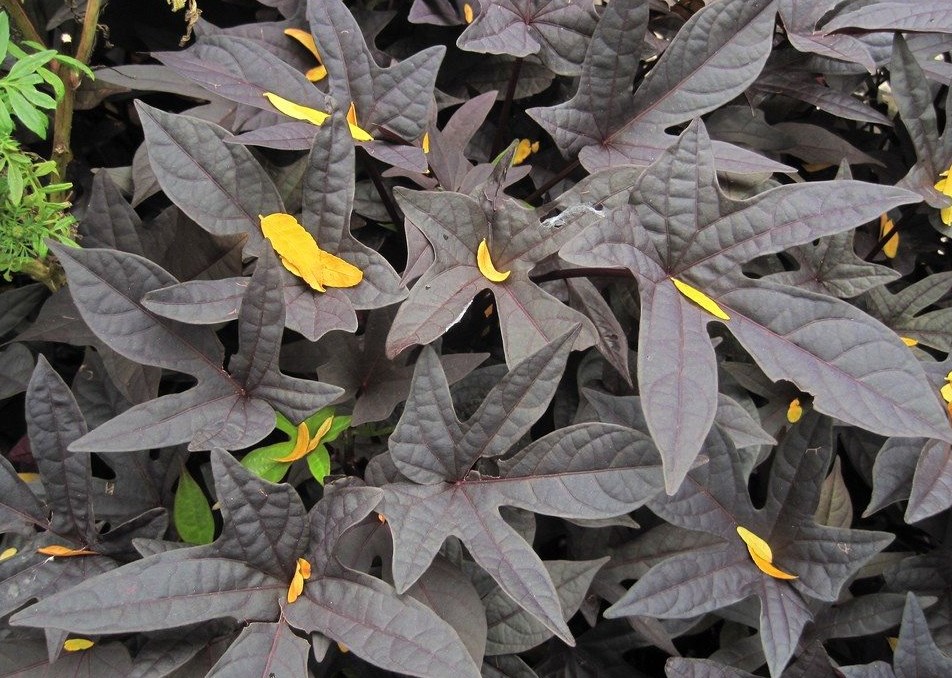
Sweet potato vines can be a perfect spiller in hanging baskets or containers. They have chartreuse foliage that makes a dynamic contrast to hibiscus’ dark purple leaves. The plants can also make a spreading, full mound of exceptionally chartreuse, textured foliage that can envelop your hibiscus feet.
Light Requirements
Sweet potato vines require a warm climate and full sun. You can plant them in fine, well-drained sandy loam soil.
Soil Requirements
These plants need loose soil that is rich in organic matter.
Water Requirements
Sweet potatoes need moist soil with one inch of water once a week.
Pros
- They are high in antioxidants and fiber
- They have various colors
- They are nutrient-dense root vegetables
Cons
- None
Sweet Alyssum
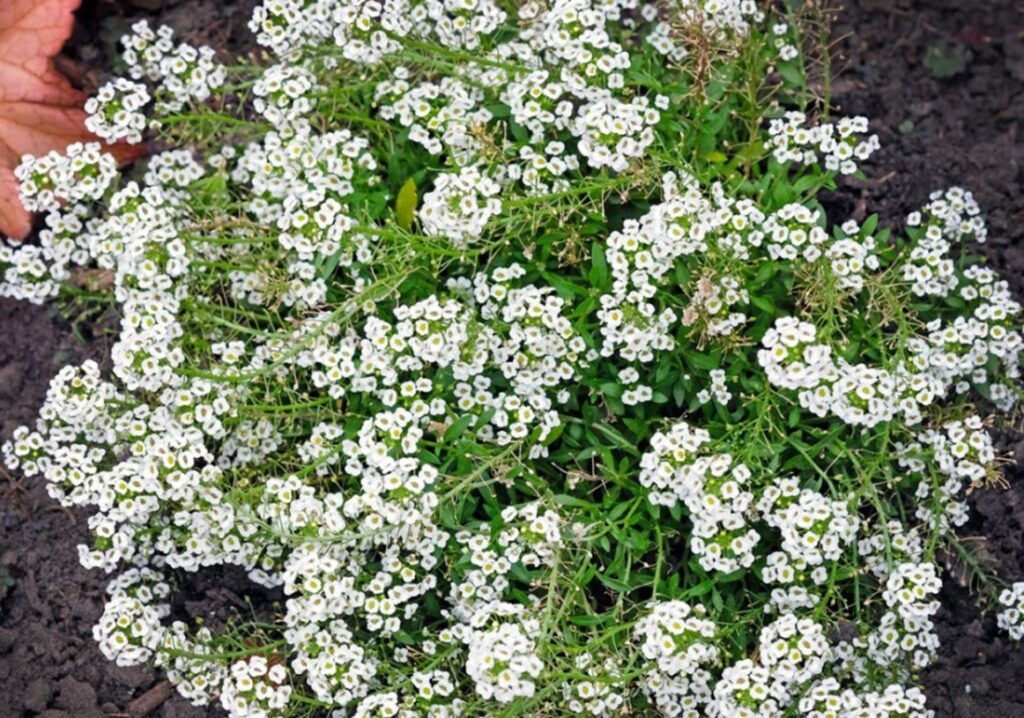
Sweet Alyssum can draw people in for a closer look at your garden when you pair them with hibiscus plants. These plants can last long into the season and exude their characteristic scent on sunny, warm days.
Light Requirements
Sweet Alyssum blooms well when in about six hours of full sun. However, sweet alyssum can also tolerate partial shade.
Soil Requirements
Growing this plant needs well-drained soil with adequate moisture.
Water Requirements
Sweet Alyssum needs about an inch of water every week and more frequent watering during dry or hot spells.
Pros
- Attracts beneficial insects to the garden
- Eliminates harmful pests
- Perfect for treating coughs or abdominal pain
Cons
- Stem rot
- Leaf blight
Shade Caladium
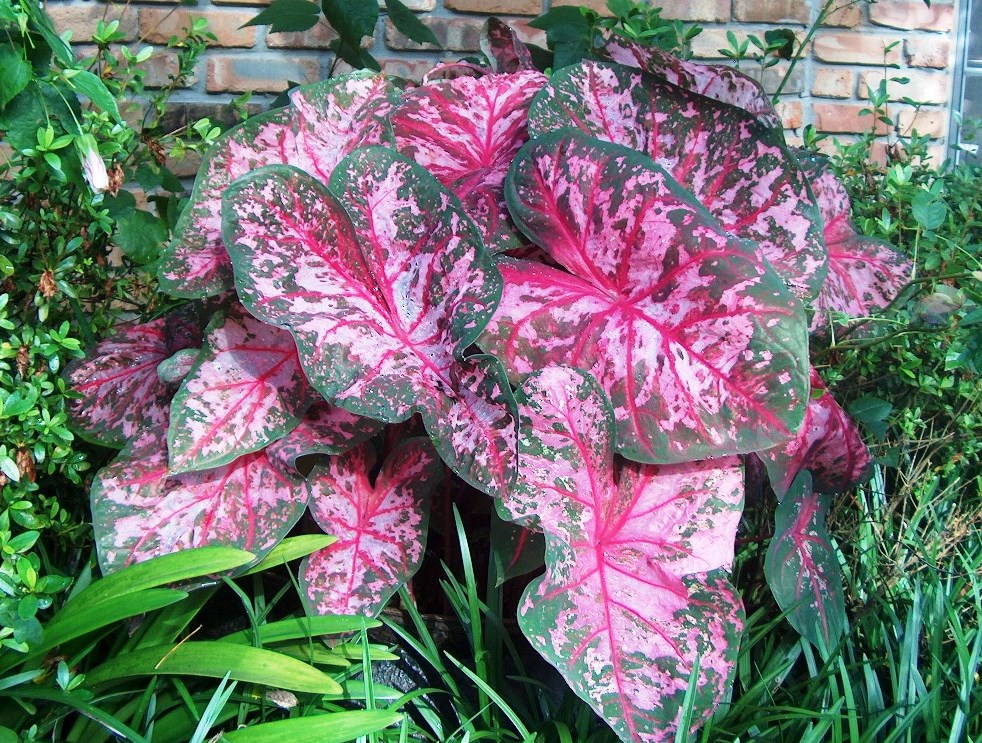
Shade caladium and hibiscus can produce a rainforest-like atmosphere and a tropical vibe. They have similar cultural requirements, and the caladium’s red centers can accent the hibiscus flowers.
Light Requirements
These plants will thrive well in partial or full shade with two to four hours of the direct morning sun.
Soil Requirements
Shade caladium will tolerate well-drained, moist soil.
Water Requirements
These plants can enter a seasonal dormancy period even when you plant them indoors. As such, ensure to keep the soil evenly moist.
Pros
- Ideal for a shaded garden
- No serious diseases or insect infestations
- Perfect for adding colors to your shady garden
Cons
- It can burn with too much sun exposure
Hibiscus Disease and Common Problems
You will enjoy delightful flowers throughout the summer from your healthy hibiscus. However, the plants might not bloom at all if a disease or pest strikes the plant. Your plant can be vulnerable to diseases and pests even when you give them adequate care. But don’t fear. It is easy to identify any issue with your plants if they look ill.
When you notice that your plants look unwell, it could be because of pest infestations like thrips, aphids, or spider mites. If the problem is not with the pest, it could be a disease like a dieback or root rot. You will be able to treat your hibiscus diseases and pests when you can identify the cause.
Common Pests Problems
A pest is typically a spider or insect that harms your hibiscus from the outside. Most times, these pests are not visible to human eyes. As such, you may need a microscope to identify them.
Thrips
Thrips are responsible for hibiscus bud drop. They will move into the buds and damage their growth before they even get any chance. These pests are elongated, dark, and small. You will see thrips easily if you shake your plants over white paper.
Aphids
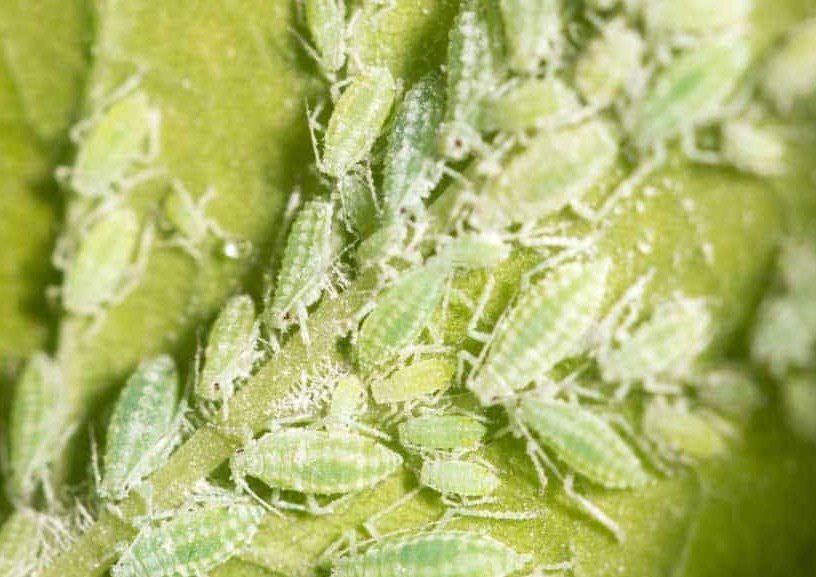
Aphids can be red, white, or green, and they are tiny insects. Aphids give leaves a mottled appearance when they feed on these leaves. Your plants’ leaves will look unhealthy and yellow, and they won’t grow well if they have aphids.
Spider Mites
You don’t need an eye aid to see these tiny pests. You can also see spider mites on branches and the stem of the hibiscus. They will make your hibiscus leaves look mottled by feeding off them. Fortunately, it is relatively easy to treat spider mites, and they won’t kill your hibiscus. Use a hose to give your plant a gentle blast to remove these pests.
Common Diseases
The disease can affect your hibiscus from the inside systematically, coming from the soil or roots. Bacteria, fungi, and poor environmental conditions can cause diseases.
Yellowing Leaves and Spots
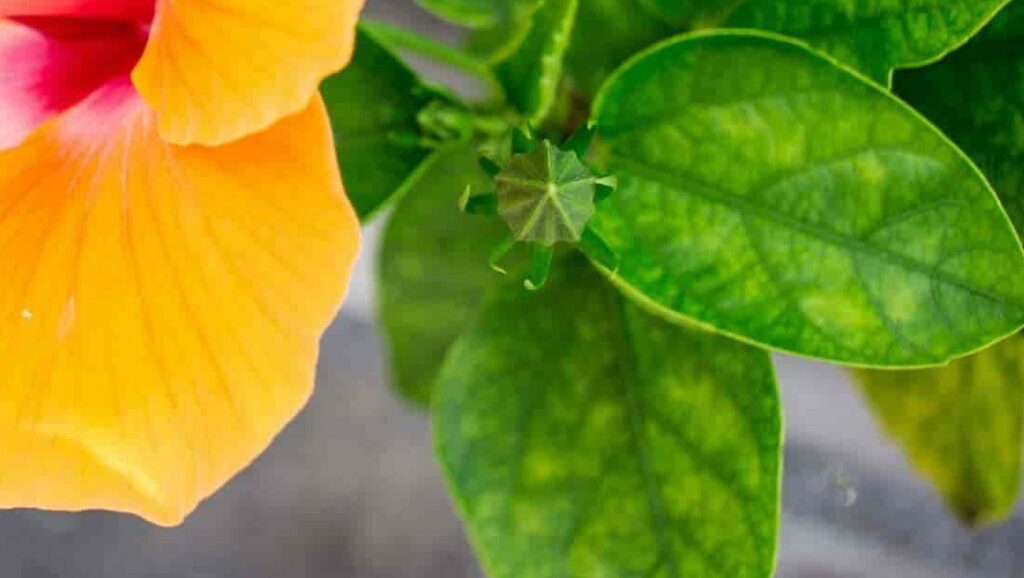
The plant may develop back spots on its leaves in damp, cold weather. Bacteria and fungus are the cause of this problem. Black spots may not harm your hibiscus; they don’t look nice. You can stop the problem by eliminating the affected leaves. However, there is no need to treat back spots.
Wilt Disease
A typical fungal infection among plants, such as hibiscus, is root rot or wilt disease. These fungi enter through the roots and put pressure on the hibiscus’ capillary system. With that, hibiscus will not absorb nutrients and water anymore. Wilt disease is a serious disease for hibiscus.
Dieback Disease
If wilting occurs in one branch, it could be a sign of dieback disease. The disease happens when fungus navigates into a damaged branch through a break or small crack in the stem or branch. By chance, it is easy to identify and treat dieback disease.
Typically, one part of the plant will not be affected as only one branch will look unhealthy and wilted. You only need clean clippers to eliminate the affected branch.
Hibiscus Treatment and Maintenance
Maintaining your hibiscus is pretty straightforward, and doing so will pay off with awesome blooming flowers during the plant’s active months. Hibiscus treatments entail various things that will help the plant thrive and grow for many years.
Providing your hibiscus extra nutrients through fertilizer and light maintenance plays a significant role in helping it bloom to its full potential. We recommend following some of these tips to ensure maximum treatments and maintenance of your plants.
Check for Pest Infestations Frequently
It is crucial to check your plant always to ensure that no event of pest infestations. Aphids are tiny green, white, or black pests that run around your plant’s foliage. Whiteflies are the same as gnats, and you will find them underneath the leaves. The buds are the place for thrips to lay eggs. Therefore, always check the buds so you will be sure no narrow-looking thrips are on your hibiscus.
Prune the Old Hibiscus Flowers
The perfect idea is to prune the old hibiscus to eliminate the deadhead. Before the seeds form, ensure to eliminate the old flowers so that the plant will continue to bloom. Deadhead makes your hibiscus look more attractive apart from aiding in bringing new blooms. Pinch off the old bloom after taking the flower stem behind the base. You can use shears to snip off the old flowers.
Light and Frequent Fertilizer Schedule
Your plant will have optimal development and growth when you put it on a light fertilizer schedule. Hibiscus prefers balanced fertilizer. Use slow-releasing fertilizer four times a year for the best results. The best times are early winter, mid-summer, and early spring after the first bloom.
A great addition to your soil is worm castings because they are richer than the regular compost. Essentially, worm castings are digested products of certain earthworms and are enriched with humus, nitrogen, phosphorus, potassium, and other micro-nutrients that will benefit your plant.
Where to Buy Hibiscus Seeds Online
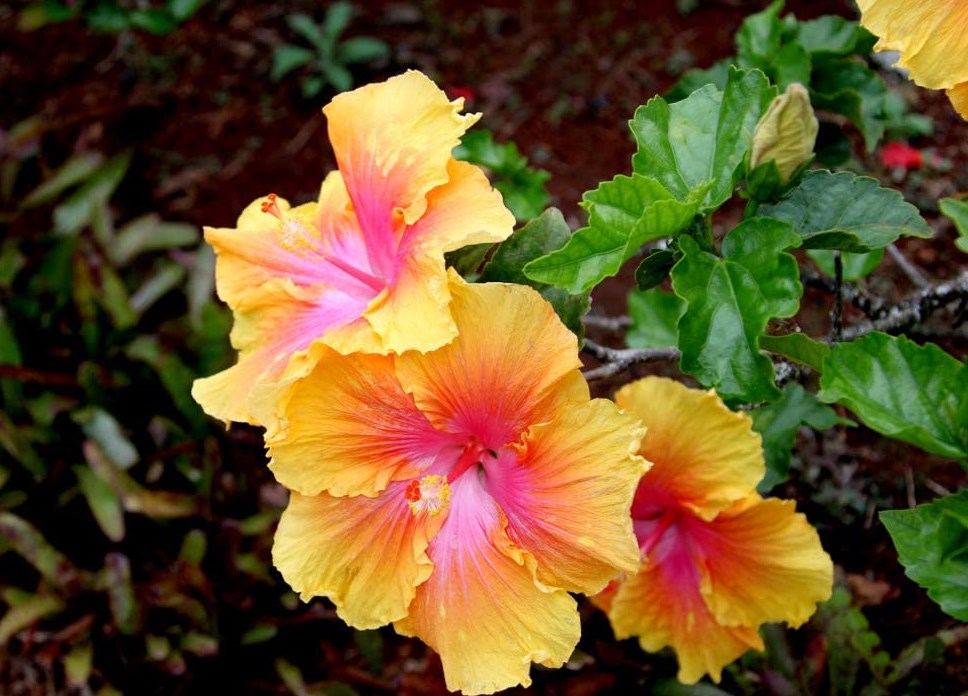
You can buy your hibiscus seeds online at:
FAQs
Answer: The best hibiscus is hardy hibiscus since they are pretty hardy in the coldest climates.
Answer: There are hundreds of genus hibiscus, and stunning cultivars have vivid colors, including vibrant red and cool blue.
Answer: Where you live will determine when to prune your hibiscus. However, spring is where most growers prune their hibiscus.
Where to Buy Mature Hibiscus Online
Mature hibiscus plants are available online at;

